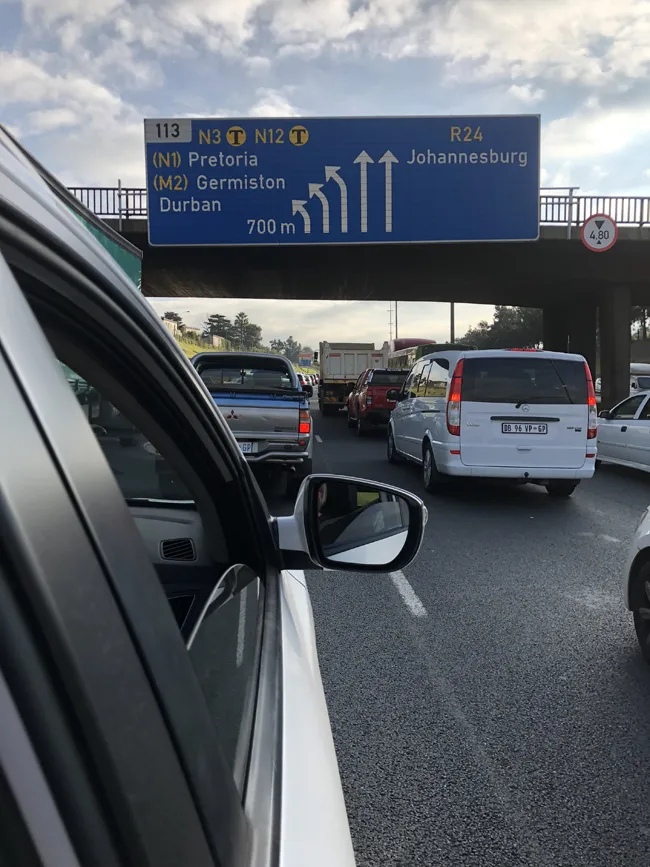The project to construct a new ring road around Peru’s capital Lima is facing a difficult tangle that has to be unravelled. However the contractor tasked with the construction work, Grupo Ferrovial, is hoping to be able to make up time and start work in January 2017. The tangle needing to be addressed is between Peru’s Ministry of Transport and Communications and the authorities in the city of Lima as the two parties have not agreed the details of the project. The contractor believes it can start work in ti
June 27, 2016
Read time: 2 mins
The project to construct a new ring road around Peru’s capital Lima is facing a difficult tangle that has to be unravelled. However the contractor tasked with the construction work, Grupo 2717 Ferrovial, is hoping to be able to make up time and start work in January 2017. The tangle needing to be addressed is between Peru’s Ministry of Transport and Communications and the authorities in the city of Lima as the two parties have not agreed the details of the project. The contractor believes it can start work in time to have two of the three sections complete by August 2019, when Lima the Pan American Games. The two sections that would be built by 2019 measure 8.7km and 11km. The third section measures 15.1km, with construction planned to start in early 2018 and due for completion by mid-2021. The ring road is needed as the city suffers serious road congestion at present, particularly at peak periods. A ring road would allow traffic to flow around the city rather than through it, cutting congestion and delays to journeys for commuters and transport firms.









